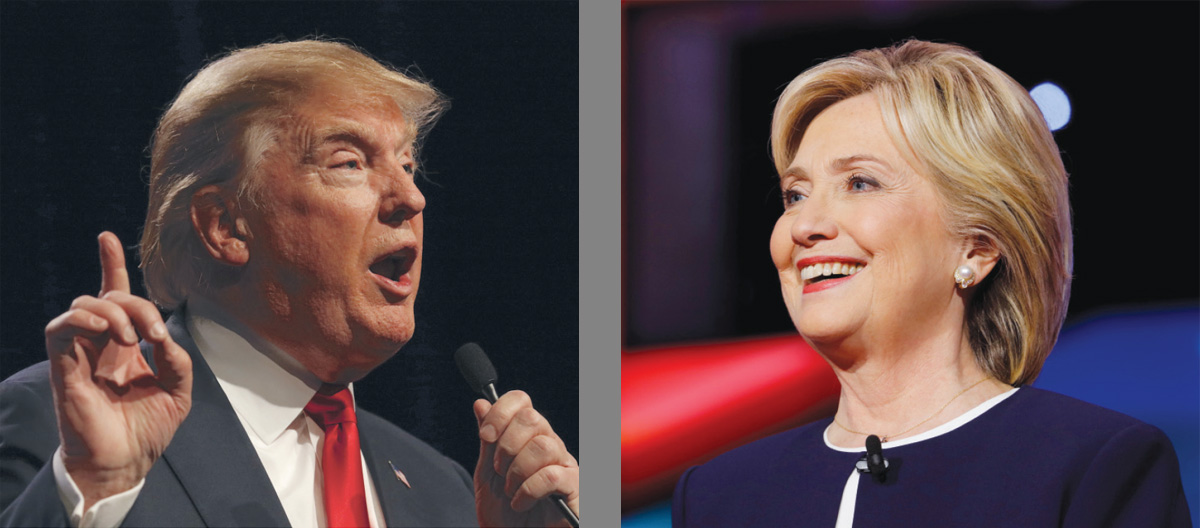
Why did Hillary Clinton lose to Donald Trump?
One unfortunate tendency we have as political scientists is a desire to attribute effects to particular efficient “causes”, in spite of the philosophical difficulties inherent in this approach. Therefore, when I state unequivocally that Hillary Clinton’s defeat was not “caused” by Bernie Sanders, Wikileaks, the FBI, the Russians or racism / sexism; this does not mean that these things were not contributory conditions, only that they should not be inflated into efficient causes. While it is true that the presence, or absence of any, or all, of these conditions may have led to the emergence or cessation of processes that contributed to Clinton’s defeat; the evidence simply does not point to these events as sufficient to cause said defeat.
Indeed, structural issues came closest to playing a pivotal role in deciding the 2016 election. In fact many analysts, myself included, thought this would be a close election even before the primaries began. The favoured Bush-Kasich ticket would have been particularly dangerous to Democrats and may have been in a position to produce an electoral map similar to this one in which Clinton was edged out. Objectively, a Republican victory was quite probable in 2016, with any nominee. The reasons for this are simple:
- It is difficult for any party to secure a third term after eight consecutive years.
- The demographics of the coalition that pushed President Obama over the top in 2008 and 2012 are traditionally poor at maintaining enthusiasm (Incidentally, in spite of early reports to the contrary, voter turn-out was not historically low).
- The status quo economy was good, but not great, especially for the working-class.
- The Democratic Party has neglected class and culture-based politics in favour of identity politics.
- Most importantly for securing Republican turn-out, there were Supreme Court seats on the table, which means “values voters” would not stay home like they did with Romney (Romney, it must be remembered, was not defeated by an exceptionally large margin).
All of the above causes would have been faced by any Democratic nominee, yet the narrative in the media and in the Democratic campaign was that Clinton had a nearly insurmountable advantage. Why?
Simply, it was believed that Trump’s negatives were too much of an obstacle for him to win. This led to the biggest mistake directly attributable to the Clinton campaign, namely to miss the fact that Donald Trump actually running an aspirational campaign, while Clinton was running against Trump rather than for anything. It is always a mistake to run a purely negative campaign against someone, allowing your opponent to be the only candidate with a message, no matter how incoherent that message may be. Couple that with the not too subtle implication that potential Trump voters were deplorable bigots and you see why Clinton’s negative campaign could not maximise her vote share.
The negative campaign turned out to be a fatal miscalculation. The reasons for this miscalculation have been assumed to be an under-estimation of the electorate’s racism, sexism and xenophobia on one hand or the result of a mere economic revolt against the oppressions of a vaguely defined “neo-liberalism” on the other. While these factors are part of the reason for Trump’s victory, along with economic nationalism and a historically American impulse toward isolationism, most analysis of the election leaves out the important role of American culture in deciding this election. We will grapple with all of these issues in this lecture.


